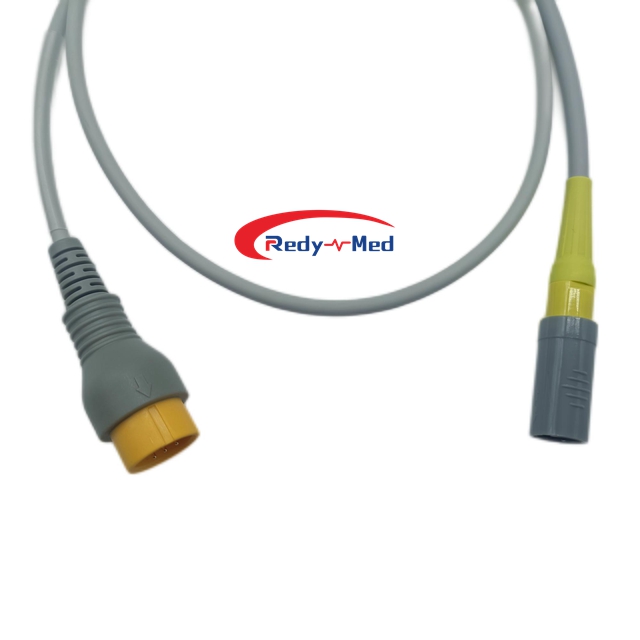
mainstream etco2 sensor
2024-03-21 00:03:27
Advancements in mainstream etco2 sensor technology driving healthcare improvements

Mainstream etco2 sensor (End-Tidal Carbon Dioxide) has emerged as a game-changer in patient monitoring, revolutionizing the healthcare industry. This cutting-edge sensor provides real-time and accurate measurement of carbon dioxide levels in exhaled breath, allowing healthcare professionals to monitor a patient's respiratory status and make informed decisions about their treatment. With its numerous benefits, mainstream etco2 sensors have become an essential tool in critical care units, operating rooms, and emergency departments.
Accurate and real-time respiratory monitoring
One of the key advantages of mainstream etco2 sensors is their ability to provide accurate and real-time respiratory monitoring. These sensors are directly integrated into patient breathing circuits, ensuring continuous measurement of exhaled carbon dioxide levels as the patient breathes. By monitoring etco2 levels, healthcare professionals can assess the adequacy of ventilation, detect respiratory issues, and evaluate the efficacy of interventions such as intubation or ventilation support.
Mainstream etco2 sensors also offer a clearer picture of a patient's ventilatory status compared to other methods, such as capnography. This improved accuracy is particularly beneficial in scenarios where prompt detection of changes in respiratory status is crucial for patient safety, such as during anesthesia administration or during post-operative care.
Enhanced patient safety and early detection of respiratory complications
The use of mainstream etco2 sensors has significantly improved patient safety by enabling the early detection of respiratory complications. These sensors can detect respiratory depression, hypoventilation, and airway obstruction more effectively than traditional methods, allowing healthcare professionals to intervene promptly and prevent adverse events. By monitoring etco2 levels continuously, clinicians can identify abnormal patterns and trends, providing an early warning system that can prevent respiratory emergencies.
In addition to detecting respiratory issues, mainstream etco2 sensors also help identify malpositioned endotracheal tubes. This ensures proper tube placement during intubation, minimizing the risk of complications and improving patient outcomes. Real-time feedback from the etco2 sensor enables immediate adjustments, reducing the chances of complications associated with inadequate ventilation.
Expanded applications and future potential
Mainstream etco2 sensors have expanded beyond critical care and are now being used in various healthcare settings. From ambulatory care to home healthcare, these sensors are being integrated into portable and wearable devices, allowing continuous monitoring of patients with chronic respiratory conditions. This development has opened up new opportunities for remote patient monitoring and telemedicine, enabling healthcare providers to monitor patients' respiratory status remotely and intervene when necessary.
The future potential of mainstream etco2 sensors is vast. Ongoing advancements aim to miniaturize and enhance sensor technology, making it more accessible and cost-effective. As these sensors become smaller, more durable, and efficient, they have the potential to be incorporated into everyday medical devices, such as asthma inhalers or sleep apnea therapy devices. This integration would not only improve patient care but also provide valuable data for personalized medicine and treatment optimization.
Conclusion
Mainstream etco2 sensors have transformed patient monitoring in healthcare by providing accurate and real-time respiratory measurements. With enhanced patient safety, early detection of respiratory complications, and expanded applications, these sensors have become indispensable tools in various healthcare settings. As technology continues to advance, mainstream etco2 sensors hold immense potential for further innovation and improvement in patient care.
Get the latest price? We'll respond as soon as possible(within 12 hours)




